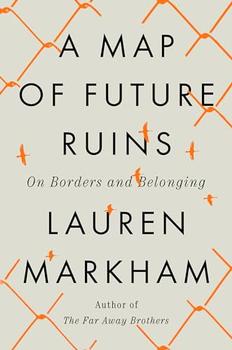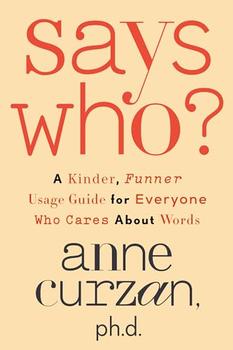Summary | Excerpt | Reviews | Beyond the Book | Readalikes | Genres & Themes | Author Bio

 Book Reviewed by:
Book Reviewed by:
Alicia Calvo Hernández
Buy This Book
Part 1
Present
1.
By September 2020, the rumors had begun. Something big was about to happen in Moria. People had had enough. Soon, some whispered, the refugee camp on the Greek island of Lesbos would be burned to the ground.
Moria was built in 2013, then expanded in 2015 as more and more refugee boats landed on Greece's shores. The camp was only ever meant to house 3,500 people at any given time, and only temporarily, but now, at the height of the global pandemic, some 11,000 people were crammed into Moria. "Welcome to hell!" old‑timers would shout to the newly arrived, still waterlogged from the journey across the Aegean, as they registered at the main office and were told to find a place to sleep up in the hills beneath the olive trees. Stuck in limbo now, they jockeyed for position in the meal lines, at the filthy wash facilities and toilets, in the asylum queue.
Life in the camp was a prolonged purgatory, and it was easy to lose hope. A person's asylum process could take years—an interminable wait. People fell sick living among the refuse and excrement, the scampering rats. Fights broke out most nights. The place vibrated with the feeling of too many people in too‑close quarters, as though something, at any moment, could blow. Every now and then, a Moria resident would threaten to set this hell on fire.
And this time, just as the rumors foretold, the camp went up in flames. Late on the night of September 8, a fire sparked in Zone 6, part of the informal camp that girded the official, walled camp like a boomerang, where everyone but those deemed most vulnerable lived. It was late enough when the fire began that most residents were already in their tents sleeping. The fire started out small, just a few tents. But it soon spread to the neighboring "Safe Zone," which housed the camp's minors, and within an hour much of the central camp was ablaze. The flames leaped easily between the makeshift shelters, which stood too closely packed in the olive groves, with barely room to walk among them. Curiously, other fires soon broke out in other areas of the camp—acres away from the first. As the fires caught hold, they sounded like dry, crackling rain. A good portion of Moria was on fire.
The flames made easy work of the plastic tarps, wooden lean‑tos, and heaps of blankets and clothes, exposing the frames of the tents and structures—just bright, naked skeletons now, skinless and incandescent. The olive trees, too, caught fire, lifting the blaze higher into the smoke‑choked sky.
As the fire sizzled and seethed with no sign of slowing, the people of Moria camp hurried to evacuate. The week before, the camp registered its first case of COVID‑19, leading authorities to impose a camp‑wide quarantine. As the flames tore through the camp, those who were locked up and slated for deportation had to break through the walls of their confinements to escape. People grabbed what they could—their phones, their chargers, their documents, their children—bundled their belongings into unwieldy piles, pulled masks or scarves over their faces, and ran. But in some places the fire had begun to form walls, hemming the residents in. Embers fell like hot snow and were pressed forward by the wind, catching hold of shirts and headscarves, trees and brittle grasses.
The small tents and IsoBoxes, miniature trailer‑like structures that were among the better places to live in Moria, burst into flame, and frenzied rats skittered from the heat. In other places, the smoke obscured the pathways and rose higher into the night sky, which glowed a dazzling orange now. From the main road, practically all a person could see of the camp were silhouettes of the looping razor wire meant to keep the refugees in.
Within three hours of the initial sparks, the fire had begun to sound like a great, surging wave. It was visible from all sides of the camp, and all around the island, too; it lit up the night. The surrounding streets filled with people heading toward the safety of the capital city of Mytilene, some ten kilometers away in one direction, or the small town of Moria, for which the camp was named, in the other.
Excerpted from A Map of Future Ruins by Lauren Markham. Copyright © 2024 by Lauren Markham. Excerpted by permission of Riverhead Books. All rights reserved. No part of this excerpt may be reproduced or reprinted without permission in writing from the publisher.




Asking a working writer what he thinks about critics...
Click Here to find out who said this, as well as discovering other famous literary quotes!
Your guide toexceptional books
BookBrowse seeks out and recommends the best in contemporary fiction and nonfiction—books that not only engage and entertain but also deepen our understanding of ourselves and the world around us.